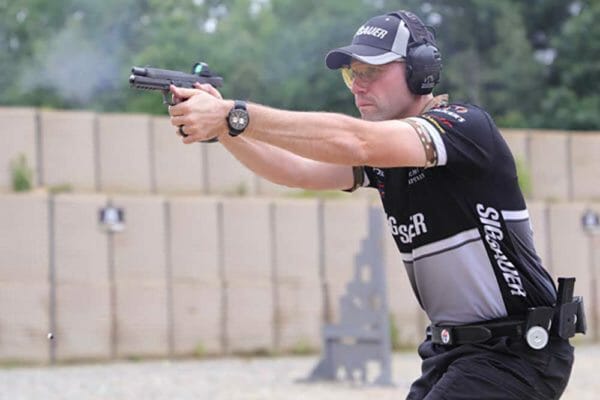Yo Fellas,
I've hit y'all up for info along these lines before, but I need to be schooled some more. To make it easier, I know some of you are gonna emphasize leaving everything, if not almost everything OEM, for reasons I do understand and that make sense to me. But, this is about gaining knowledge about recoil, and ways to reduce it, and to understand HOW it's reduced.
Question 1: So, let's take my G23.3. and say it's all stock right now. If I install a Stainless Guide Rod with a 22# (or any spring heavier than the OEM 17#) spring, will that reduce the recoil/snap? If not the recoil, then what exactly does changing to a heavier spring do for me?
Question 2: Recoil Buffers - I've seen them, and watched reviews. Seems like a possible way to reduce recoil at least a bit. What can you tell me about it?
Question 3: Then, there's this DPM Recoil Reduction System. There's this review from 2015. Sounds legit. Some swear it reduces by 20%, or at least very noticeable.
View: https://www.youtube.com/watch?v=bJ3jF8nhfNU
All in all though, I'm trying to comprehend the effect of the recoil spring, whether installing a lighter one, or a heavier one. I have a 22# spring and stainless rod I'd like to install. What can I expect?
I've hit y'all up for info along these lines before, but I need to be schooled some more. To make it easier, I know some of you are gonna emphasize leaving everything, if not almost everything OEM, for reasons I do understand and that make sense to me. But, this is about gaining knowledge about recoil, and ways to reduce it, and to understand HOW it's reduced.
Question 1: So, let's take my G23.3. and say it's all stock right now. If I install a Stainless Guide Rod with a 22# (or any spring heavier than the OEM 17#) spring, will that reduce the recoil/snap? If not the recoil, then what exactly does changing to a heavier spring do for me?
Question 2: Recoil Buffers - I've seen them, and watched reviews. Seems like a possible way to reduce recoil at least a bit. What can you tell me about it?
Question 3: Then, there's this DPM Recoil Reduction System. There's this review from 2015. Sounds legit. Some swear it reduces by 20%, or at least very noticeable.
All in all though, I'm trying to comprehend the effect of the recoil spring, whether installing a lighter one, or a heavier one. I have a 22# spring and stainless rod I'd like to install. What can I expect?






